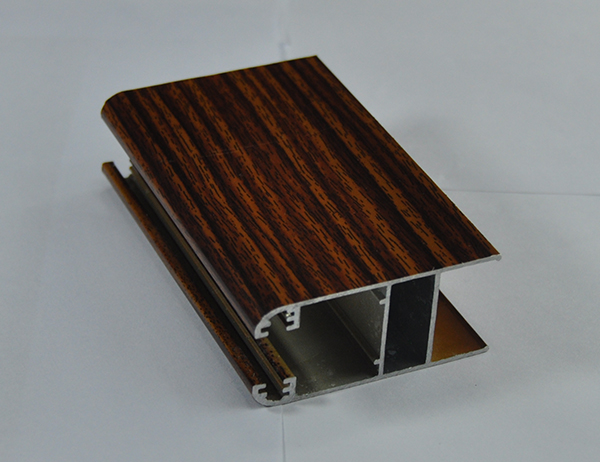Aluminium frame profiles have long been favored for their durability, lightweight nature, and corrosion resistance. However, the aesthetic appeal of aluminium profiles has evolved significantly over the years, driven by advancements in surface finishing technologies. Surface finishes not only enhance the appearance of aluminium frame profiles but also contribute to their longevity and performance.
Early Surface Finishes
In the early days of aluminium frame profiles, finishes were primarily functional, aimed at protecting the metal from corrosion and wear. Anodizing was one of the first surface finishing techniques used for aluminium, providing a durable and corrosion-resistant layer. Anodized aluminium profiles were often used in industrial and architectural applications, where durability and longevity were paramount.
Introduction of Powder Coating
The development of powder coating revolutionized the surface finishing of aluminium frame profiles. Powder coating is a dry finishing process where finely ground particles of pigment and resin are electrostatically charged and sprayed onto the aluminium surface. The coated profiles are then cured in an oven, where the powder melts and fuses into a smooth, durable finish.
Powder coating offers several advantages over traditional liquid coatings. It provided a thicker, more uniform coating, which was more resistant to chipping, scratching, and fading. Powder coating also allowed for a wider range of colors and finishes, including matte, gloss, and textured finishes. This versatility made powder coating a popular choice for architectural and decorative applications.
Advancements in Powder Coating Technology
In recent years, advancements in powder coating technology have further enhanced the performance and appearance of aluminium frame profiles. These advancements include the development of super-durable powder coatings, which offer enhanced weather resistance and color retention. Super-durable coatings are ideal for applications exposed to harsh environmental conditions, such as coastal areas or industrial settings.
Another innovation in powder coating technology is the development of antimicrobial coatings. These coatings contain additives that inhibit the growth of bacteria, fungi, and mold on the surface of aluminium profiles. Antimicrobial coatings are particularly beneficial in healthcare and food processing facilities, where hygiene is a top priority.
Wood Grain Finishes
To meet the demand for more natural-looking finishes, wood grain finishes have been developed for aluminium frame profiles. These finishes mimic the appearance of wood while offering the durability and low maintenance of aluminium. Wood grain finishes are achieved through a process called sublimation, where a wood grain pattern is transferred onto the aluminium surface using heat and pressure. The result is a realistic wood grain finish that is virtually indistinguishable from real wood.
Anodizing Advances
While anodizing has been around for decades, advancements in anodizing technology have expanded its capabilities. New anodizing processes can produce a wider range of colors and finishes, including bright, metallic finishes and matte, satin-like finishes. Anodizing can also be combined with other surface finishing techniques, such as etching or polishing, to create unique textures and patterns on the aluminium surface.
Future Trends
As technology continues to advance, we can expect to see further innovations in surface finishes for aluminium frame profiles. One area of development is the use of nanotechnology to create self-cleaning and anti-fingerprint coatings. These coatings use nanoparticles to create a surface that repels dirt and oil, making it easier to clean and maintain.
Another emerging trend is the use of digital printing technology to apply custom designs and patterns to aluminium profiles. This technology allows for virtually limitless design possibilities, making it ideal for architectural and decorative applications.
Conclusion
The evolution of surface finishes for aluminium frame profiles has transformed the way we perceive and use aluminium in construction and design. From functional coatings that protect against corrosion to decorative finishes that enhance aesthetics, surface finishes play a crucial role in the performance and appearance of aluminium profiles. As technology continues to advance, we can expect to see further innovations in surface finishing that push the boundaries of what is possible with aluminium frame profiles.
